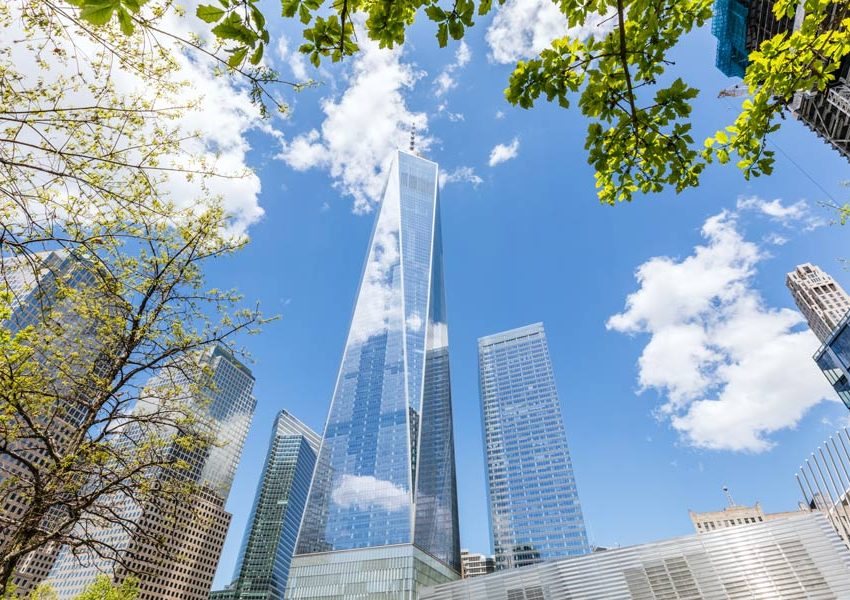While it is a fact that every trade has specific risks, a trader has multiple choices on which strategy to use to avoid or at least lessen these risks. However, some might be a little complex, so a trader must be determined to know as many as possible. One of these strategies is a stop-limit order. It is a combination of two orders: a limit order and a stop order. This article will let us know what sets it apart from other orders.
Defining a stop-limit order
A stop-limit order is a combined stop order that only sells or buys after hitting a stop price and a limit order that sets a limit price. When we say a limit price, it is the highest price that a trader will buy shares and the lowest price to sell shares — nothing more, nothing less, hence the name limit order that sets a limit. It means that there are two prices that we are talking about in this order: the stop price and the limit price.
There is also a risk in using stop-limit order even if it sounds too good to be true. This order may only partially fill an order or will not execute at all. The order can expire before it even executes.
An example scenario of a buy stop limit order
Say, E Company’s shares have a current market price of $50, and Lyka anticipates that they will increase today. In a simple stop order, Lyka can place $55, and if E Company’s share reaches $55, there is a trigger, and the stop order will convert to a market order.
However, in a buy stop limit order, Lyka can place two price conditions. Say the stop price is $55 and the limit price is $56. There is a trigger upon hitting $55, and the maximum price you are willing to buy is $56 and nothing more. If the price does not increase up to $55, then the order won’t be filled.
An example scenario of a sell stop limit order
It somehow has the same concept as buy stop-limit order. The difference is that it is on the selling side, and it refers to the lowest possible price the trader is willing to sell assets. Say, Lyka already purchased that $55 share, but she worries that it might decrease. So, she placed a stop price at $53 and a limit price at $52. The order gets triggered as it hits $53, but the lowest price that she is willing to sell is $52, nothing less. If the price goes below $52, then the share will not get sold.
Confusion with a stop limit and a stop-loss order
A stop-loss order will convert to a market order after hitting the stop price. The trader will execute as fast as he can and will not wait for a price improvement. A market order buys an asset at the current price. On the other hand, a stop-limit order is a stop order that has a limit price.







